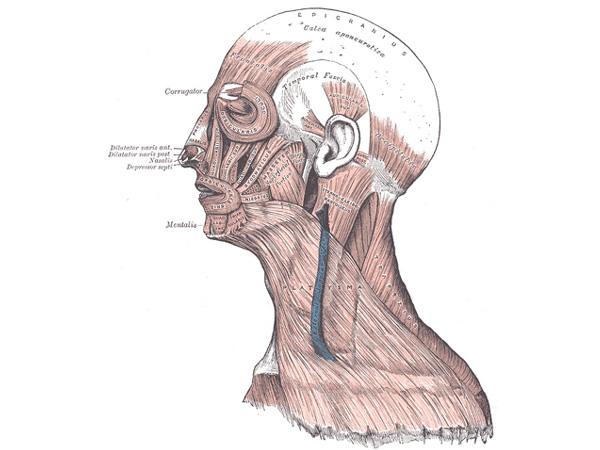Washington D.C. [USA], Nov 10 (ANI): Fascia, a band or sheet of connective tissue, is rarely considered in isolation as the cause of chronic pain disorders. Experts have long suspected that fascia ailment, which is a painful and relatively common condition, is responsible for maintaining the arch in your foot.
Fascia is a sheet of fibrous tissue that envelops the body beneath the skin, which also encloses muscles and groups of muscles and attaches, stabilises, encloses, and separates their several layers or groups.
Fascia can actually be classified into four types, each with different properties, functions, and characteristics. The superficial fascia surrounds the body and includes subcutaneous fat; the deep fascia surrounds the musculoskeletal system; the meningeal fascia surrounds the nervous system; the visceral fascia surrounds body cavities and organs.
Some bodywork practitioners including massage therapists, osteopaths, Rolfers, craniosacral therapists and physical therapists claim that fascial restrictions (essentially tightening) — caused by injury, inflammation, trauma, disuse, overuse, misuse or abuse — play an important role in contributing to the pain associated with a wide array of conditions including migraines, fibromyalgia, headaches, lower back pain, and women’s health issues, reported CNN.
Fascia specialists claim that treating these fascial restrictions with a variety of methods, including proprietary bodywork methods and/or specialised tools, is an important aspect of overcoming these chronic and painful conditions.
Though many fascia manipulation advocates claim that lengthening the restricted fascia is the key to successful treatment.
Though manual therapies like Myofascial Release and Rolfing are probably not modifying the length of the fibrous component of the fascia, they might be affecting the flexibility of fascia, which could provide the purported beneficial effects.
Another major issue with putting so much emphasis on fascia and how to treat it effectively is that it is highly unlikely that fascia ever works or can be treated in isolation from other tissues. Muscles, tendons, ligaments and nerves play an essential and more clearly established role in many chronic pain conditions. The complex interaction and interconnection of all the tissues involved present a significant challenge to defining and isolating the relevance of fascia. [source_without_link]ANI[/source_without_link]

